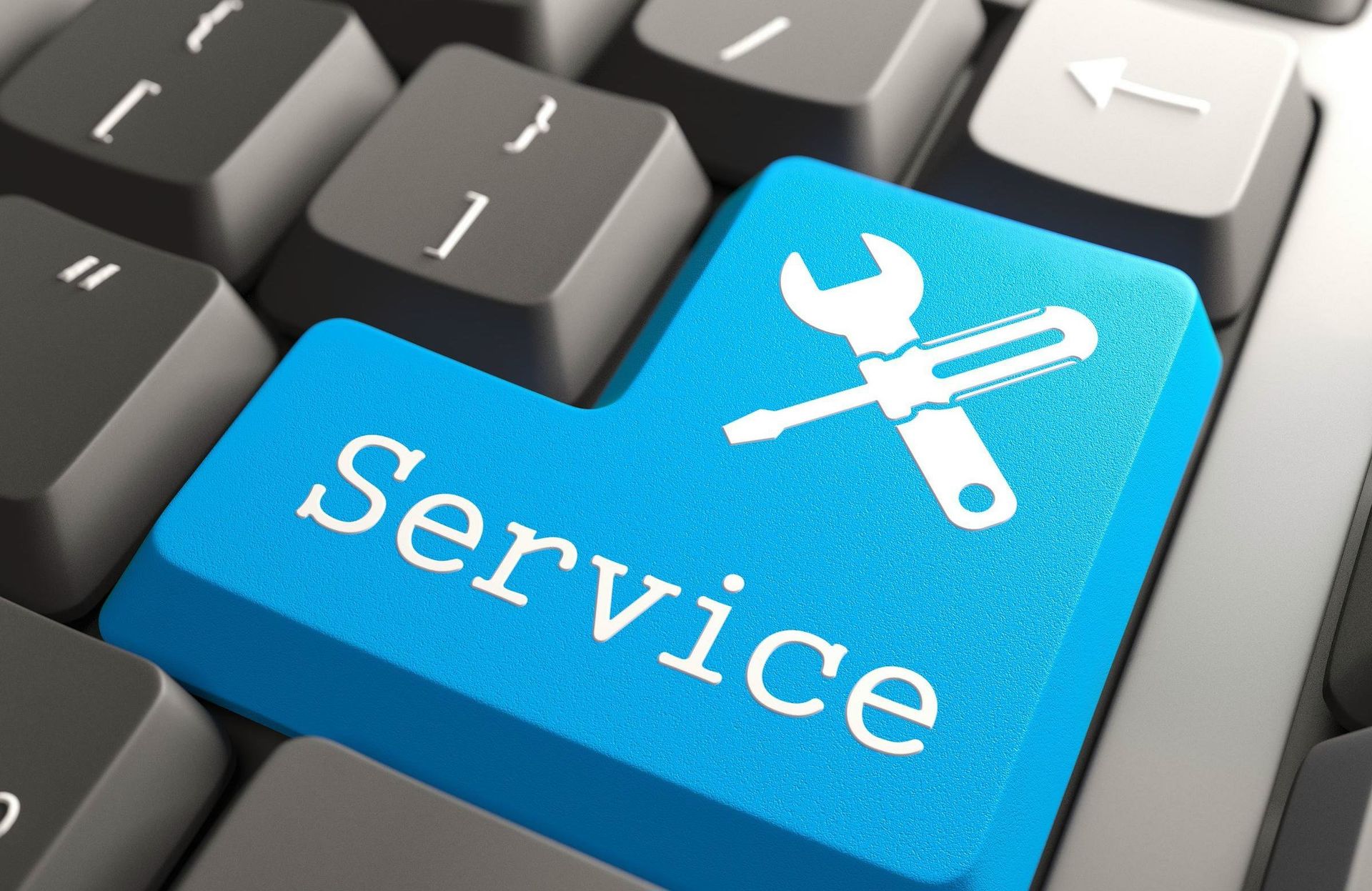Have you ever found yourself in a situation where someone urgently needed help, leaving you feeling completely powerless? I vividly remember a sunny day at the park when I witnessed a child tumble off their bike. My heart raced as I saw their scraped knee—a sight that was both alarming and heartbreaking. Parents rushed in, but a nagging thought lingered in my mind: would I know what to do if a serious injury unfolded right before me? This experience nudged me to explore the world of first aid training further.
First aid training goes beyond merely learning how to react in emergencies; it’s about cultivating a readiness that touches our everyday lives. Picture this: you could be the one to lend a hand to a friend who accidentally slices their finger while cooking, or you could remain calm when someone around you suddenly feels faint. These real-life scenarios remind us that emergencies often come without warning, emphasizing the importance of these skills for everyone, not just professionals.
Cultural Influences on First Aid Approaches
Culturally, my background in a close-knit community that prioritizes helping others has significantly shaped my outlook. Our neighborhood has a cherished tradition of organizing a yearly health fair where volunteers come together. These events feature local organizations providing free first aid training sessions. People don’t just arrive to learn; they gather to build connections while acquiring life-saving skills. I recall one particular session where we practiced CPR on mannequins, all while sharing light-hearted stories. The atmosphere was a blend of education and enjoyment, making it unforgettable.
This community-focused approach to learning underscores the lasting impact of first aid training. It’s not solely about individual empowerment; it’s about cultivating informed citizens who can spring into action for the greater good. Reflecting on this tradition, I recognized that sharing my experiences could inspire others. Perhaps I could motivate a friend to enroll in a course simply by recounting how empowering and transformative the experience was for me.
What Makes a Good First Aid Course?
When evaluating the effectiveness of first aid training courses, several key characteristics come to mind. Attending just one session or watching a few instructional videos isn’t enough; a comprehensive course must offer depth and breadth to be truly effective. Here are some features that I believe make a training course stand out:
Engaging with instructors who have experienced emergencies firsthand is invaluable; their stories resonate and give context to the skills we learn. I remember one instructor sharing a harrowing tale about a car accident she witnessed and how her training helped her respond effectively. It’s these personal narratives that not only teach us vital skills but also foster a sense of urgency and responsibility within us.
The Ripple Effect of First Aid Skills
It’s intriguing to think about how first aid training can generate a ripple effect within our communities. After completing my course, I felt an overwhelming desire not just to practice what I had learned, but to pass it along to others. The more I spoke about my experiences, the more I noticed a change among my friends and family. Some began expressing interest in taking courses themselves, igniting conversations about local training opportunities.
Empowered with the skills I had acquired, I even volunteered at a local community fair to demonstrate first aid techniques. The experience was immensely rewarding; sharing knowledge and witnessing the enthusiasm from others was life-affirming. There’s something deeply satisfying about knowing that your efforts could one day inspire someone else to save a life.
Assessing Personal Growth Through Training
Taking a moment to reflect on the personal transformations that come from first aid training is incredibly valuable. Have you ever completed a course that not only imparted practical knowledge but also boosted your confidence? I certainly have. Beyond just acquiring the essential information about emergency procedures, I developed a heightened awareness of how to remain calm amid chaos.
For me, it’s crucial not only to acquire these skills but to contemplate how they reshape our perspective towards our surroundings. I now find myself approaching various situations with a discerning eye, considering how I could respond in the face of emergencies. This proactive mindset not only contributes to personal safety but also underscores the need for broader access to first aid education. How about you? Have you experienced a similar shift in your perspective after learning something new? Visit this external resource for additional information on the topic. First Aid Training Courses, dive deeper into the subject.
Complement your reading with the suggested related links:
